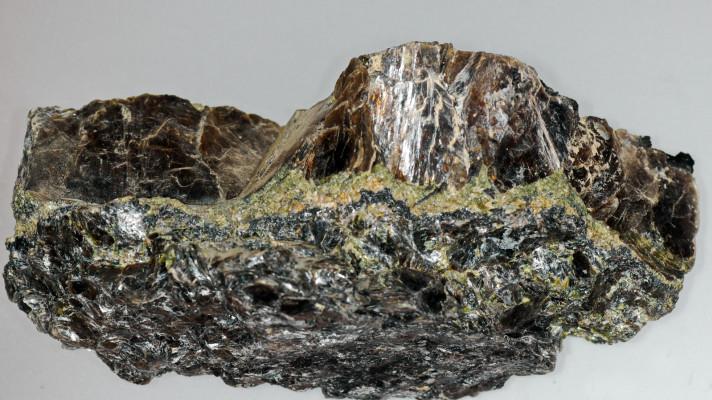Afrika: Malawi - základní geologie
It has approximately 14 million people and a land area of 118,000 sq kilometres, of which 20% is comprised of lakes. The Government is particularly committed to supporting and encouraging the private sector to assume a leading role in development of projects in the mining sector.
The Government of Malawi permits uranium mining. This policy has recently been affirmed by the Malawi Government's decision to award Paladin Energy a mining license to develop the Kayelekera Uranium Deposit. (www.paladinenergy.com.au).
Project Location Map: Globe's Malawi EPLs

Geology of Malawi
The geology of Malawi is comprised predominantly of Proterozoic to lower Paleozoic crystalline basement overlain by Permo-Triassic sediments. These have been intruded by Mesozoic igneous rocks, and continuously disrupted by East African rifting initiated in the Permo-Triassic. These rocks are generally divided into three groups; Malawi Basement Complex, Post-Basement Complex Sediments and Intrusives.
Malawi Basement Complex
The Basement Complex, sits at the junction of 4 major orogenic belts (Ubendian, Irumide and Zambezi / Mozambique) separated by a major transcurrent shear belt, the ESE-WNW trending Chimaliro belt (Bloomfield, 1968; Cannon et al., 1969; Thatcher, 1973).
North of this Chimaliro belt, in far northern Malawi, the geology includes high grade assemblages of the Ubendian belt that were deformed and metamorphosed ca. 2.0 Ga ago. Rocks of the Ubendian belt are comprised primarily of mafic to intermediate gneisses and granulites.
South of the Chimaliro belt, the geology includes rocks of the Irumide belt generally northwest of the capital Lilongwe and Zambezi / Mozambique Belt rocks to the southeast, making up the rest of southern Malawi. The Irumide belt comprises mostly clastic rocks of the 1.88 - 1.85 Ga Muva Supergroup sitting atop ca. 2.0 Ga basement. Following deposition there were magmatic events at 1.65 - 1.55 Ga andlater by k-feldspar phyric rocks at 1.05 - 0.95 Ga. The bulk of the rocks in this belt are at amphibolite facies with rare charnockitic inliers.
Southern Malawi largely comprises the Mozambiquian belt, with the Zambezi belt in this area often considered to be an extension of or part of the former. The Mozambiquian belt represents the collision of cratonic fragments during Gondwana supercontinent formation, from 700 to 400 Ma. This is the last tectonometamorphic event represented in Malawi, and hence can be considered the major overprint in Malawi. Mesoproterozic upper-crustal clastic rocks of the Mafingi and Mchinji sedimentary groups underwent low-grade metamorphism, while deeper igneous and sedimentary rocks underwent high-grade metamorphism. Southern Malawi is indeed characterized by exposures of granulites intricately interlayered with amphibolite-facies assemblages and charnockites. Rocks of the Mozambiquian orogen also include newly intruded granites and syenites.
Karoo System
Karoo system sedimentary rocks, ranging in age from Permian to Upper Triassic or Lower Jurassic, are best developed in the north of the country. They also occur at various localities in the centre and south of the country. These rocks overlie the Basement Complex and display both unconformable and faulted relationships. In northern Malawi, the Karoo system strata are preserved in a number of north-south trending basins and down-faulted troughs related to the Malawi Rift. Ongoing rifting affects both the syn-deposition basin development and rocks contained within to the present day.
Post-Karoo Events
Mesozoic igneous activity is expressed mostly in southern Malawi and is dominated by magmatic activity of the Chilwa Alkaline Province, a Lower Jurassic to Upper Cretaceous event. The Chilwa Alkaline Province consists of a number of syeno-granitic and nepheline syenite plutons, carbonatite volcanic vents, agglomerate and a varied suite of alkaline dyke rocks. These rocks are related to continued extension along the Malawi Rift, part of the East African Rift. Continued rifting and movement along faults continues to affect all rocks in Malawi.
Tertiary-Recent
 ZDROJ: Globe Metals and mining. kráceno
ZDROJ: Globe Metals and mining. kráceno